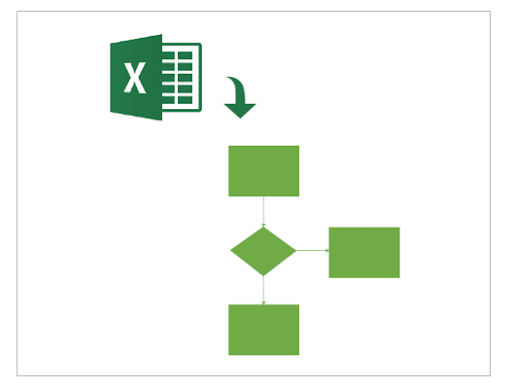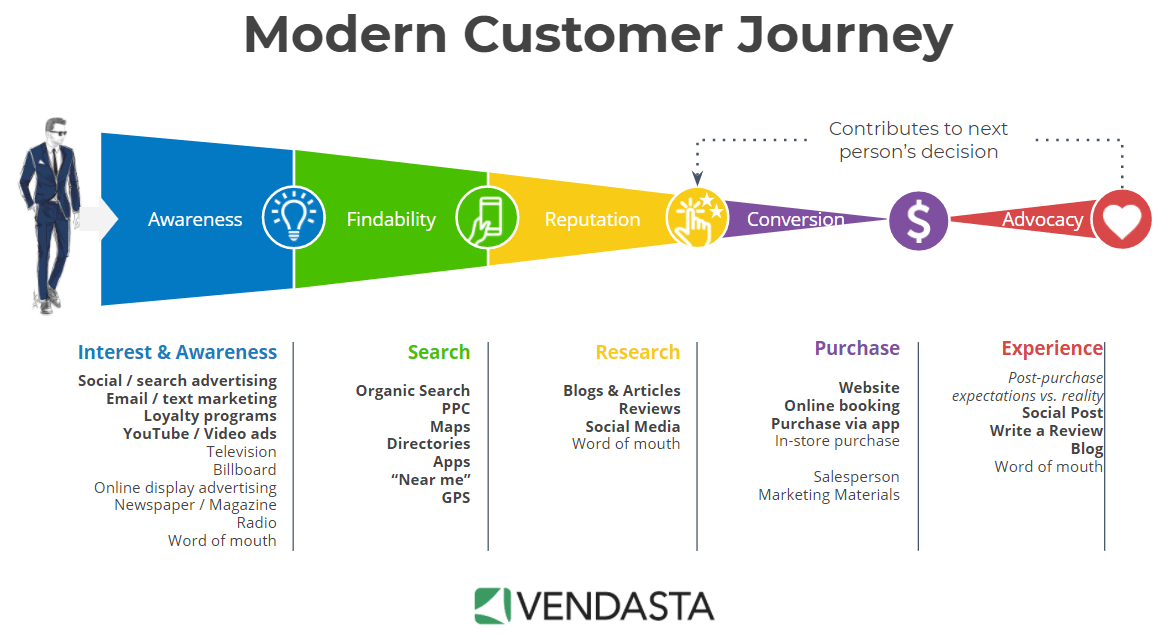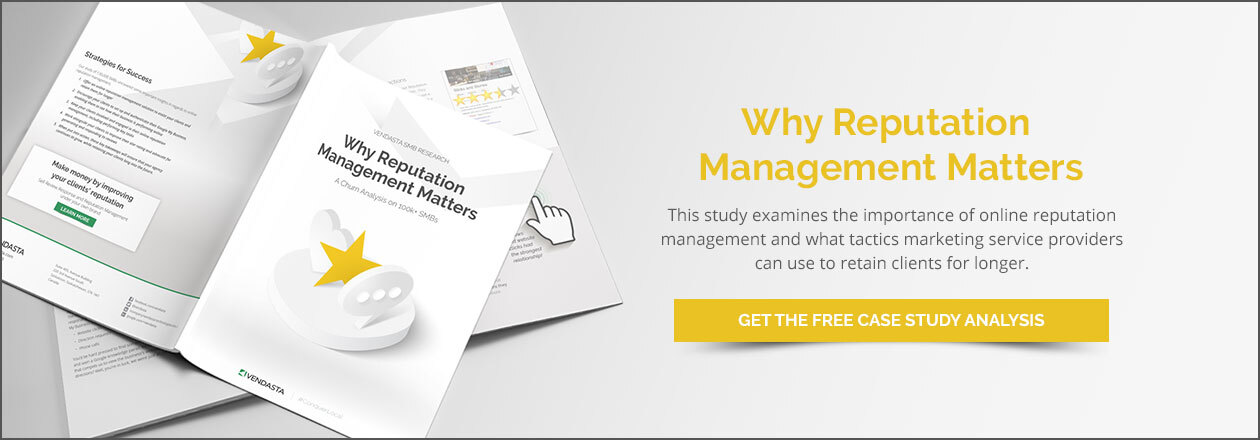Mapping the Digital Marketing Customer Journey for Agency Success
Every client that works with your agency—and each customer that buys from your clients—takes a journey before they commit to a purchase. By understanding the digital marketing customer journey, you can better influence it—capturing more leads and supporting higher conversion rates. However, the customer journey can be unique for each type of product or client, so you must do homework before leveraging this marketing tool.
Discover 101 free tools for digital marketers. DOWNLOAD the guide and tap into tools without cutting into your budget.
Whether you want to start a digital marketing company or expand to new client types, knowing how to map customer journeys and draw actionable conclusions about campaigns from those details is important. This guide explains the five stages of the digital marketing customer journey and provides steps for mapping your own customer journeys.
What is the digital marketing customer journey?
A customer journey is the process a potential client goes through from the point they become aware of a need to the time they become a loyal customer and advocate for a brand, service, or product. Digital marketing channels and touchpoints, including social media, search engines, and landing pages, are all critical in shaping this journey.
To understand what a customer journey might look like for potential clients of a digital agency startup, consider the hypothetical example below:
- A business doesn't have a strong social media presence and realizes this may be a weak link for its online branding and marketing.
- The business owner begins to search online to learn more about social media marketing.
- A digital marketing agency's blog post on the topic appears in the search results, and the agency owner clicks through to read more.
- Later, the business owner realizes that successful social media marketing requires a lot of work—they either need to hire someone to help with this or find an agency to help.
- Remembering the helpful nature of the marketing agency's blog post, the agency owner returns to that site to read more about the social media services.
- The business owner becomes a client of the agency.
- After seeing successful results with social media marketing campaigns, the business owner invests in other agency services and refers other businesses to the agency.
The five stages of the customer journey
Before you create a customer journey map for digital marketing strategy work, it helps to understand the five common stages of the modern customer journey.
Image source: Vendasta
1. Awareness
During this stage, customers become aware of a need or challenge and the fact that products and solutions exist to meet that need.
Brand awareness is essential to engaging with prospects in this phase. Digital strategies such as social media marketing, content marketing, and search engine optimization help increase customer awareness of your products. They also create opportunities for others to share your content to increase potential exposure.
2. Findability
In the second stage, prospects actively search for information and solutions. They may turn to search engines, ask for recommendations on social media, or return to sites they remember as authoritative from previous searches.
To connect with potential clients in this stage of the journey, your services must be easy to find. Consider how you can optimize digital channels and websites to make content and solutions easy to understand. You may want to invest in search engine marketing, such as PPC efforts, to enhance your visibility in the search engines.
3. Reputation
As consumers find potential businesses or products to meet their needs, they evaluate the credibility and potential fit of these options. Common actions in this stage of the customer journey include reading reviews and testimonials, asking trusted friends about experiences with a product, and reviewing brand about us and services pages.
Social proof is critically important in this stage. Ensure you have processes to encourage existing clients to leave reviews and refer others.
4. Conversion
At this point in the digital marketing customer journey, the prospect takes a desired action, such as buying a product, signing up for a service, joining a newsletter subscriber list, or attending a webinar.
Strong conversion funnels are important at this stage. Ensure your marketing strategies support a positive user experience and that you leverage persuasive techniques to encourage potential clients to take those actions.
5. Advocacy
That first purchase isn’t the end of the customer journey. In the final stage, existing customers and clients become loyal brand ambassadors. They’re among the first to try new services you offer and they talk positively about your business and refer others.
To support this stage of the journey, foster client loyalty with excellent customer service, encourage satisfied clients to leave reviews, and implement referral programs that reward loyal customers for referring others.
Using the digital marketing customer journey for agency clients
You can also use the customer value journey for digital marketing to support lead generation strategies and other services you provide to clients. Reviewing client services and marketing efforts through the lens of the customer journey framework can help you identify strengths you can leverage and weaknesses you can address.
To use the customer journey framework with clients, you need to:
- Understand client goals
- Identify the right target audiences
- Align marketing strategies with customer journey stages
Tips and tricks to map out your client's customer journey
Customer journey online marketing should be among your agency skills. Start practicing this critical marketing skill with your clients by following the steps below.
1. Define objectives
Start by understanding the goals of your marketing strategy or the client business, as this impacts what part of the customer journey you may need to address first.
For example, if your client wants to launch a brand new product into a market, you might begin by concentrating on the awareness and findability stages. But if a client has a strong brand presence and wants to work on driving more conversions, you might concentrate on the conversion stage.
2. Gather information about your customers
You might know how to find clients and drive conversions, but before you can put those skills into action, you must understand the specific target audience for each effort. Gather information about target customers to create customer personas. You’ll need information such as:
- Demographics. Age, income level, geolocation, and other demographics can impact customer journeys. For example, people of various ages tend to use different social media platforms.
- Online behaviors. Consider how the target audience engages online. Are they most interested in video or text content, for example.
- Existing customer metrics. Review data and feedback related to existing customers to determine how you can leverage that information to improve future customer journeys.
3. List all potential customer touchpoints
The typical digital marketing customer journey involves numerous touchpoints. The infamous marketing “Rule of 7” says prospects must see a message at least seven times before they engage with it. While this traditional wisdom, which dates back to the 1930s, may not be spot-on accurate today, the concept is still true.
An accurate customer journey map considers those many touchpoints. Brainstorm with your client and team to list all possible ways a consumer might interact with a brand, product, or marketing message.
4. Think about the ideal customer journey
Take some time to draft the perfect customer journey with your client. This is a customer journey with no friction in the process that leads to a conversion every time.
5. Now consider real journeys customers take
With the ideal customer journey as a starting point—and armed with all the information you’ve gathered about actual customer behavior—talk about what more realistic customer journeys might look like.
Ask your client and marketing team to consider questions such as:
- Where is friction in the process that might slow a customer journey?
- What types of challenges or considerations might derail the journey or cause someone to investigate the competition instead?
- How many paths might a customer take to conversion and what do those various journeys look like?
This is also a good time to consider actual customer feedback about the journey. Customers can tell you where they experienced a challenge and at what point in the process they knew they were making a purchase.
6. Create visual representations of potential customer journeys
Explain client relationships with customers and marketing efforts with visual representations that are easy to follow. You can use Excel or other programs to create flow charts that tell a visual story about the customer journey.
The practice of converting all your thoughts and brainstorming into a visual flow chart also helps you identify potential inaccuracies or where you can implement marketing strategies.
Image source: Excel
Implement the customer journey framework for better results
Understanding the buyer’s journey in digital marketing is critical to success. This information can help you make decisions about the best niches for marketing agencies and inform your customer acquisition, retention, and brand advocacy efforts.
If you haven’t implemented the customer journey framework in your digital marketing strategies, consider doing so today. All you need to get started is time to gather data, feedback from customers and your marketing team, and a program to create flow charts or other mapping visuals.



